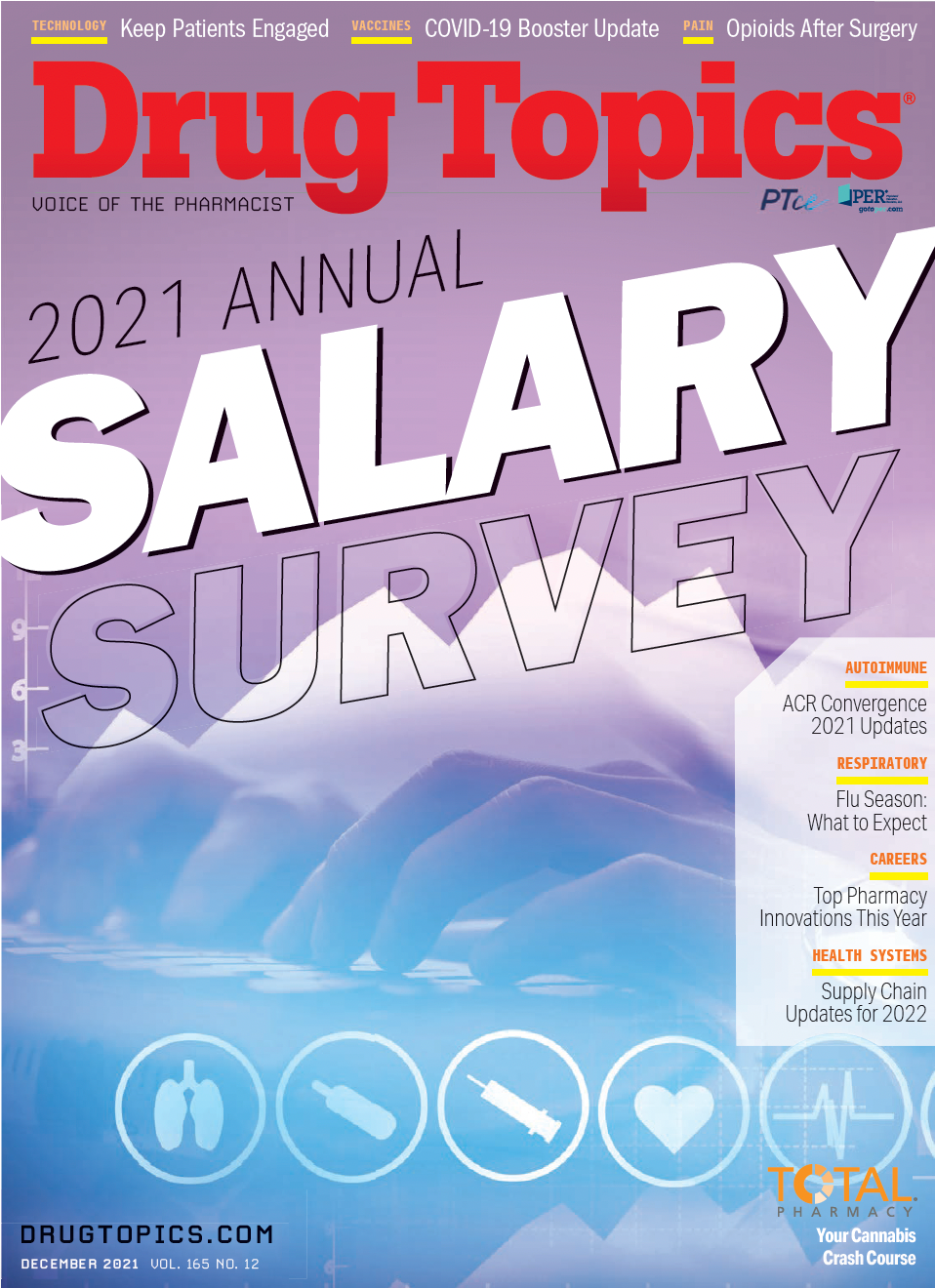New Drug Review: Atogepant FDA-Approved for Migraine Treatment
On September 28, the FDA granted approval to oral atogepant (Qulipta) for the prevention of migraine.
On September 28, the FDA granted approval to oral atogepant (Qulipta) for the prevention of migraine.1 Migraine is a debilitating headache disorder, categorized as either episodic (0-14 headache days per month) or chronic (15 or more headache days per month). Calcitonin gene-related peptide (CGRP) has been linked to migraine pathophysiology and remains a target for migraine therapy development.
Previous therapies targeting the CGRP receptor or ligand have been approved for both prevention and treatment of migraine. Prior to the approval of atogepant, the only available preventative therapy targeting CGRP was injectable. Atogepant is the first oral preventive migraine therapy of its class.
Investigators for the phase 3 ADVANCE trial (NCT03777059) evaluated the efficacy of oncedaily oral atogepant (10-mg, 30-mg, and 60-mg doses) in adults with episodic migraine.2 Initial efficacy results from a phase 2b/3 dose-ranging study (n = 834) determined that the drug was safe and well tolerated.3
In ADVANCE, patients were randomly assigned 1:1:1:1 to evaluate once-daily atogepant 10 mg (n = 221), 30 mg (n = 228), 60 mg (n = 231), or placebo (n = 222). A modified ITT population was included in the efficacy analysis (n = 873).2 All doses were effective in reducing the number of migraine days per month over a 12-week period vs placebo.
Atogepant reduced migraine days by 3.7 to 4.2 days per month. Mean differences from placebo in reduction of migraine days per month were 1.2 to 1.7 days per month across all doses (10 mg: –1.2 days; 95% CI, –1.8 to –0.6; 30 mg: –1.4 days; 95% CI, –1.9 to –0.8; 60 mg:–1.7 days; 95% CI, –2.3 to –1.2; P < .001 for all).
Differences from placebo were observed within the first 4 weeks following treatment initiation and were maintained during subsequent 4-week intervals over the total 12 week study period.2
Safety and tolerability data come from 2 randomized, controlled, double-blind trials. In the phase 3 trial, safety laboratory assessments were required, at minimum, every 8 weeks.2 The most common emergent adverse events were nausea (60-mg dose, 6.1%), constipation (10-mg dose, 7.7%), and upper respiratory tract infections (30-mg dose, 5.7%).2,3 Incidence of constipation was higher in the atogepant group (7.7%) than the placebo group (0.5%).2
Serious adverse events included 1 case of asthma and 1 one case of optic neuritis in the 10-mg group.2 Safety assessments included pregnancy testing, Columbia Suicide Severity Rating Scale evaluation, and concomitant medications. Twenty-five patients discontinued therapy due to adverse events.2
Recommended atogepant dosing is 10-mg, 30-mg, or 60-mg tablets once daily for patients with a history of episodic migraine. The safety of atogepant was not evaluated in pregnant women in the phase 3 trial.2
There were minimal cases of asymptomatic transaminase elevations (identified as greater than 3 times the upper limit of normal) temporarily associated with atogepant treatment.2,4 Although elevations resolved in 8 weeks following discontinuation, atogepant should be avoided in patients with severe hepatic impairment.4
Recommended atogepant dose with strong cytochrome P450 3A4 inhibitors such as ketoconazole or itraconazole is 10 mg once daily, as concomitant use slows clearance of the drug.4 When using atogepant with strong cytochrome P450 3A4 inducers such as rifampin or carbamazepine, increase the dose to 30 mg or 60 mg once daily, due to increased clearance of atogepant.
For organic anion transporting polypeptide inhibitors, 10-mg or 30-mg once-daily atogepant should be used. Patients with a creatinine clearance less than 30 mL/min should receive a dose of 10 mg by mouth once daily.4
References
- Novel drug approvals for 2021. FDA. Updated November 2, 2021. Accessed November 5, 2021. https://www.fda.gov/drugs/new-drugs-fda-cders-new-molecular-entities-and-new-therapeutic-biological-products/novel-drug-approvals-2021
- Ailani J, Lipton RB, Goadsby PJ, et al; ADVANCE Study Group. Atogepant for the preventive treatment of migraine. N Engl J Med. 2021;385(8):695-706. doi:10.1056/NEJMoa2035908
- Goadsby PJ, Dodick DW, Ailani J, et al. Safety, tolerability, and efficacy of orally administered atogepant for the prevention of episodic migraine in adults: a double-blind, randomised phase 2b/3 trial. Lancet Neurol. 2020;19(9):727-737. doi:10.1016/S1474-4422(20)30234-9
- Qulipta. Prescribing information. AbbVie; 2021. Accessed November 5, 2021. https://www.rxabbvie.com/pdf/qulipta_pi.pdf

How PBMs Impede Pharmacists’ Ability to Perform Clinical Services | APhA 2025
March 31st 2025Antonio Ciaccia, President of 3 Axis Advisors, led a discussion on pharmacy benefit manager reform and how the inability to pass legislation has led to increased financial hardships in community pharmacy.